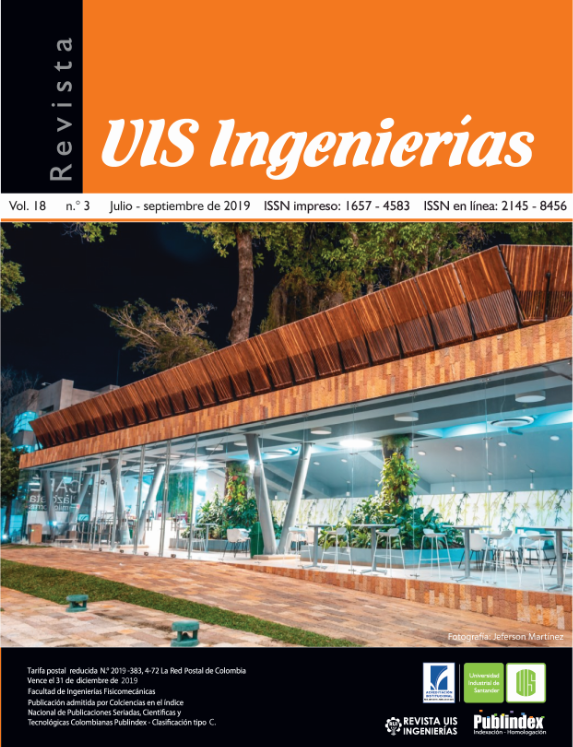CNC controller for low cost milling process upgrade: Supernova milling machine case
Published 2019-04-29
Keywords
- automation,
- CNC,
- EMC2,
- Supernova milling machine
How to Cite
Abstract
It is presented the implementation of a CNC controller for an Allecop-Supernova milling machine. The device is comprised of a 3-axis Motenc-lite card with 32 analog inputs and 16 digital inputs (I/O). A computer was assembled to communicate the controller and the machine with specifications: 512Mb-RAM, 40Gb hard disc, 700 MHz processor and a 800x600p graphic card. The operative system Ubuntu 6.02-86bits allows the running of the free software EMC2. It was chosen to be carried out on the Axis environment to display an interactive view of the G codes, in addition to the tool coordinates and the tool and cut speeds. The functionality of the controller was verified through the machining of a medium complexity piece that required a hole and internal rough. The functionality of the milling machine was improved, moving from 2½ (with the original Fagor 8025 controller) to 3 degrees-of-freedom, by allowing now the simultaneous motion along the x, y and z axis, for a faster and cleaner machining process.
Downloads
References
[2] Serowe Kalpakjian and Steven R. Schmid, Manufactura, ingeniería y tecnología Procesos de manufactura Volumen 2. Pearson, 2015.
[3] T. Staroveški, D. Brezak, T. Udiljak, and D. Majetić, “Implementation of a Linux-based CNC open control system,” in 12th International Scientific Conference on Production Engineering, Computer Integrated Manufacturing and High Speed Machining, CIM, 2009.
[4] H. Peña, J. Martínez, J. Rodríguez, and F. Trujillo, “Torno cnc de uso didáctico: prototipo mecatrónico UCCNC01,” Ing. Solidar., vol. 6, no. 10–11, pp. 8–18, Jan. 2011.
[5] B. Kovács, G. Szayer, and F. Tajti, “Design of a universal robot controller,” Period. Polytech. Mech. Eng., vol. 55, no. 2, Apr. 2011, doi: 10.3311/pp.me.2011-2.06.
[6] O. Chaides Z., S. Avila M., and H. Ahuett-Garza, “Restauración de Torno de Control Numérico Empleando Software Libre,” Concienc. Tecnológica, vol. 42, pp. 62–67, Apr. 2011.
[7] L. Pusman and K. Kosturik, “Integration of Digimatic measuring tool into LinuxCNC controlled milling machine by using MODBUS,” in 2014 22nd Telecommunications Forum Telfor (TELFOR), pp. 691–693. doi: 10.1109/TELFOR.2014.7034502
[8] M. Graybill, “EMC2 for CNC Machine Control Now Known as LinuxCNC,” saundby. Disponible en: http://saundby.com/cnc/workflow/EMC2.shtml
[9] E. Slawiñski, J. F. Postigo, V. Mut, D. Carestía, and F. Castro, “Estructura Abierta de Software Para un Robot Industrial,” Rev. Iberoam. Automática e Informática Ind., vol. 4, no. 3, pp. 56–95, 2007.


